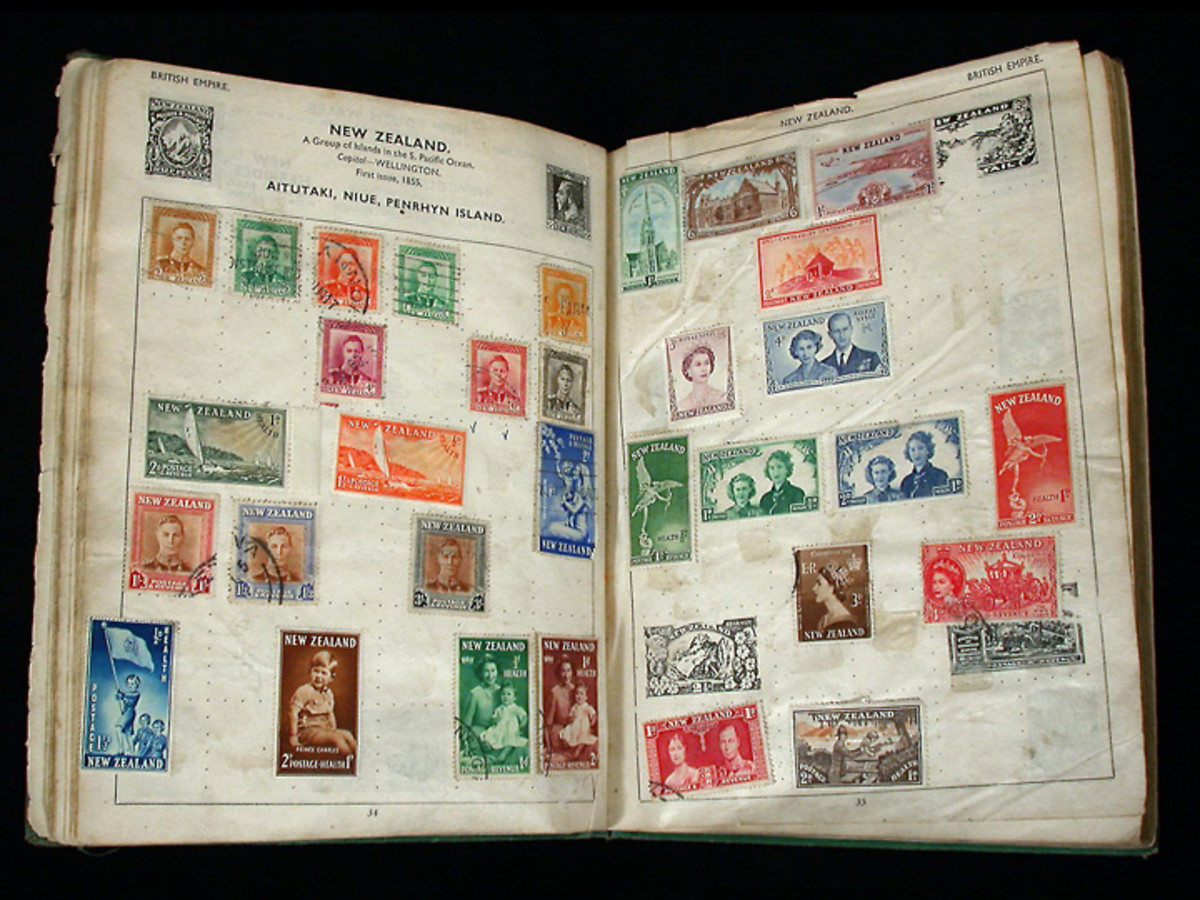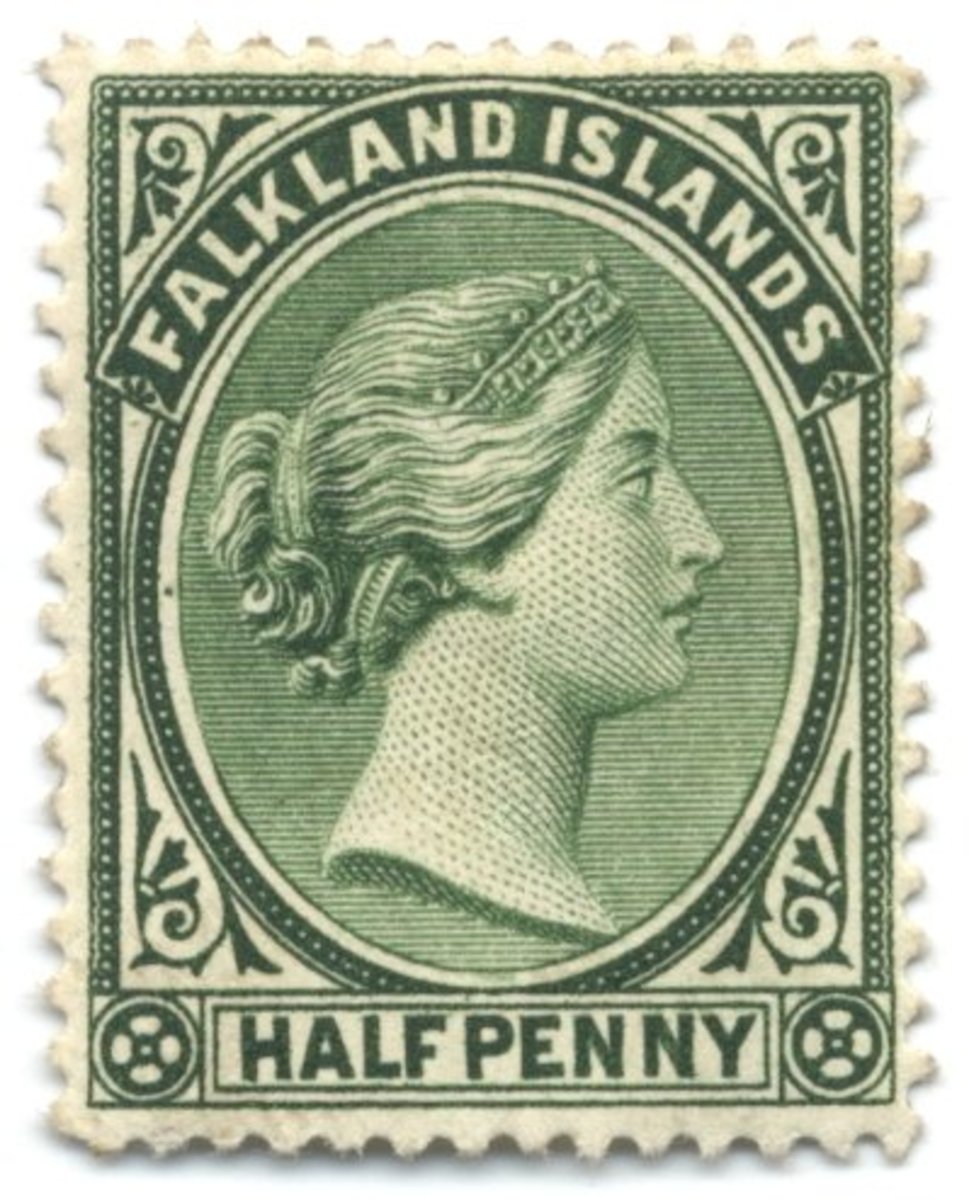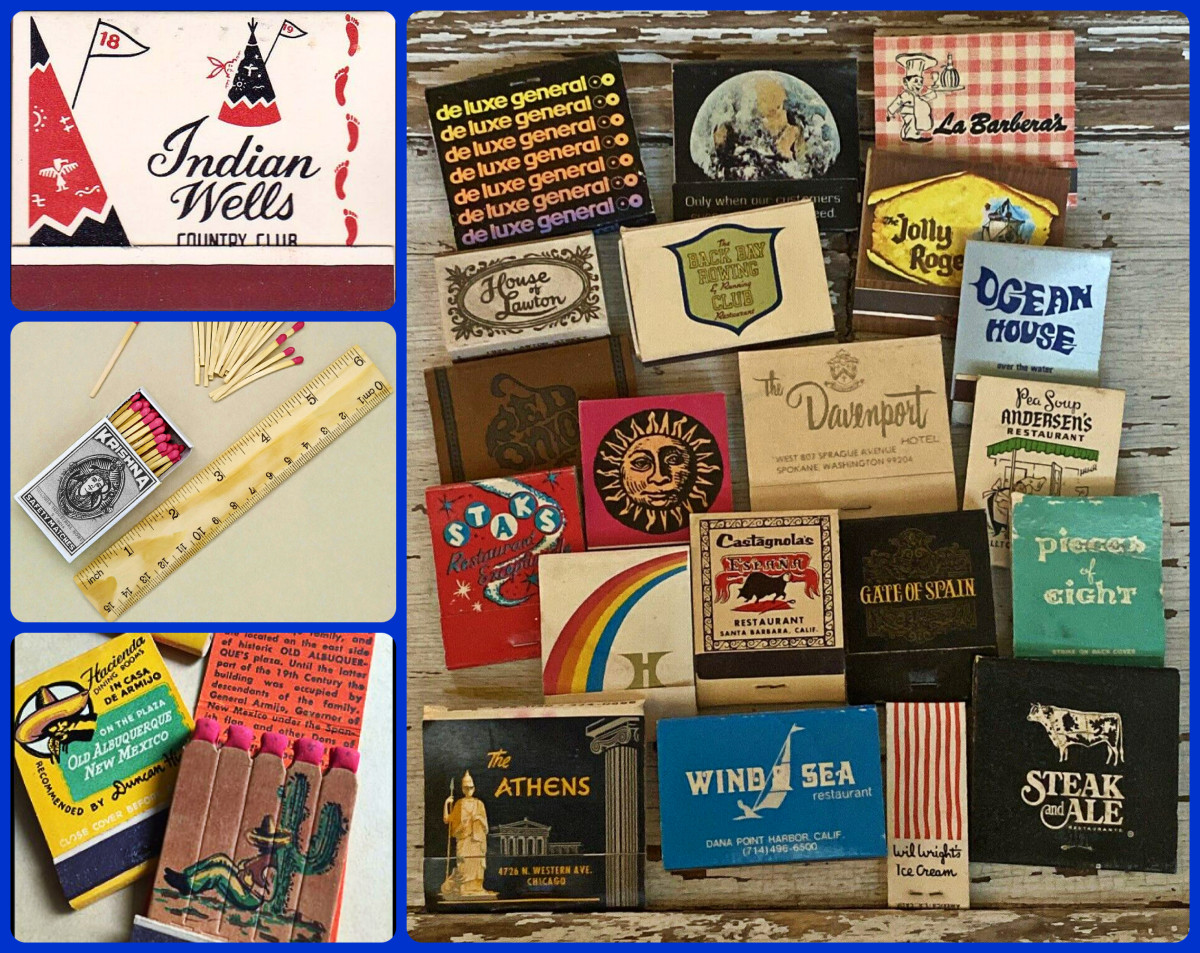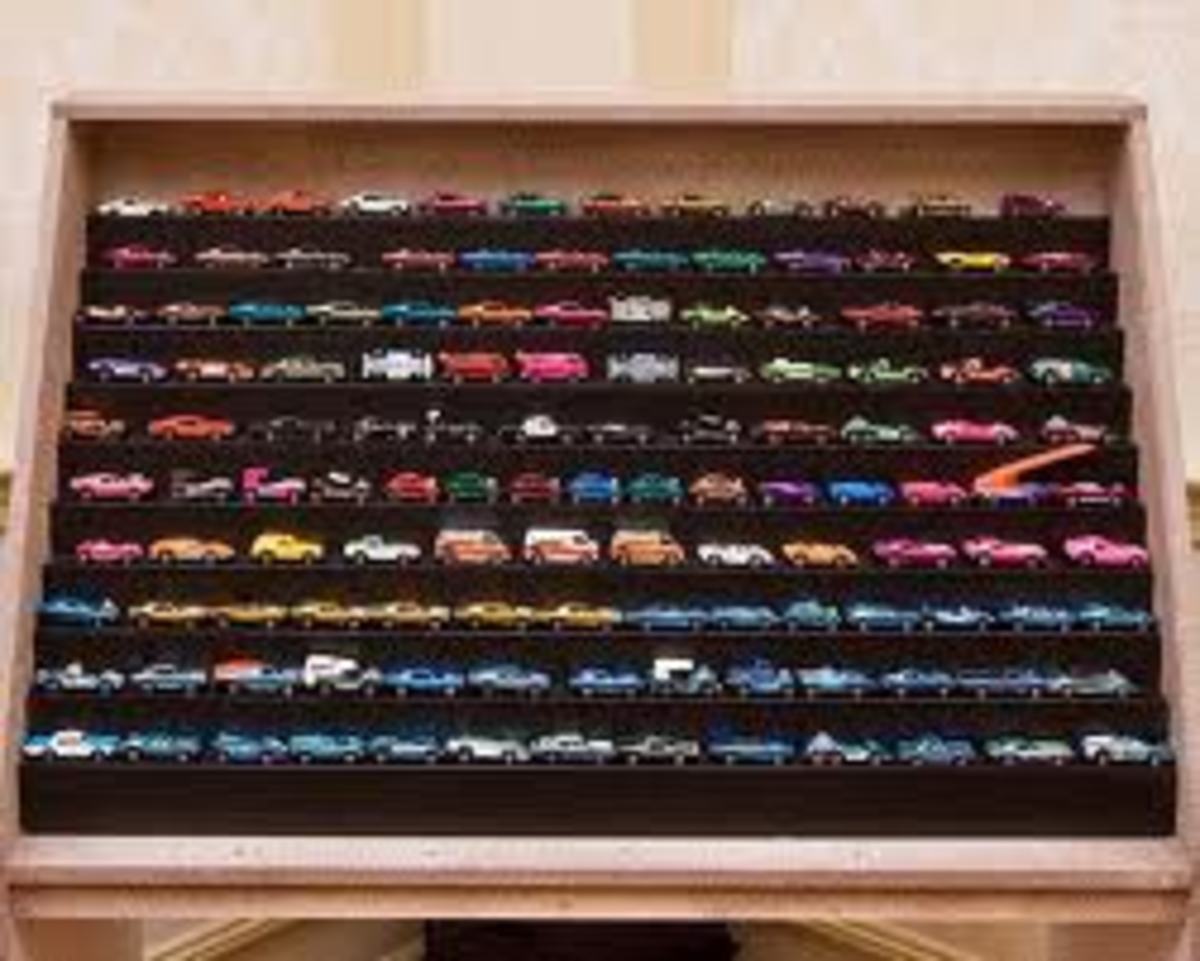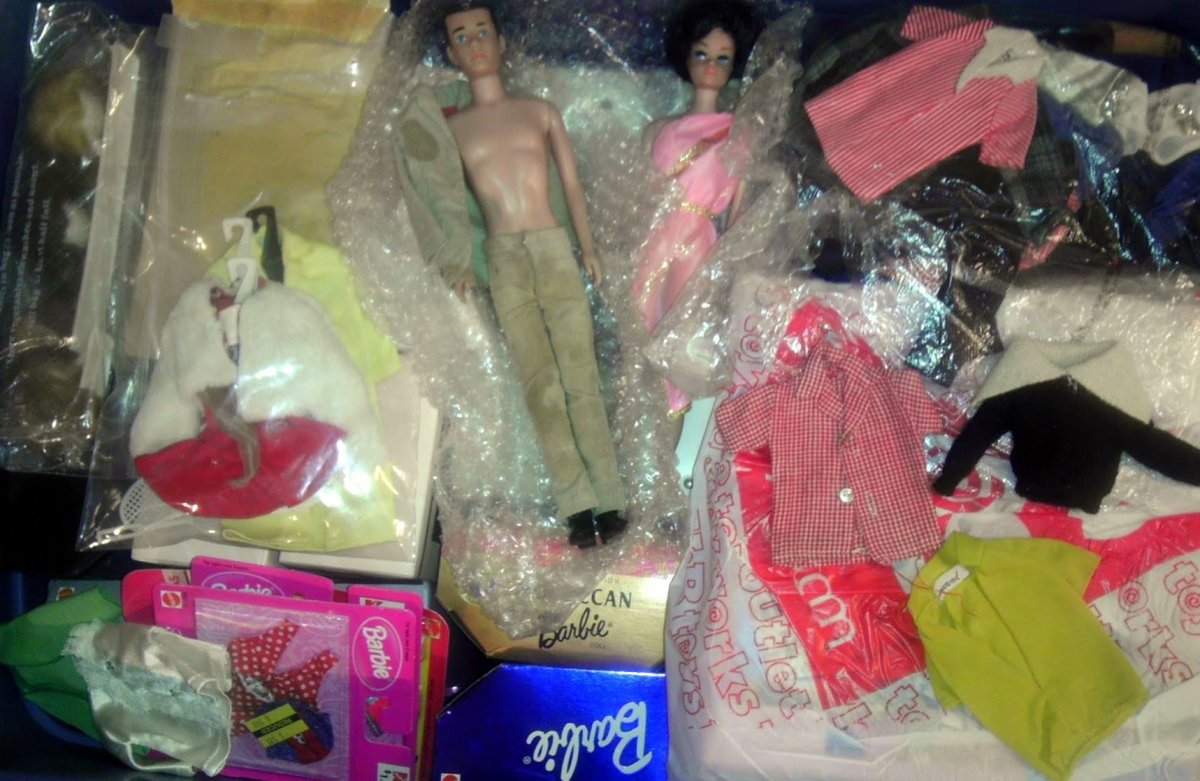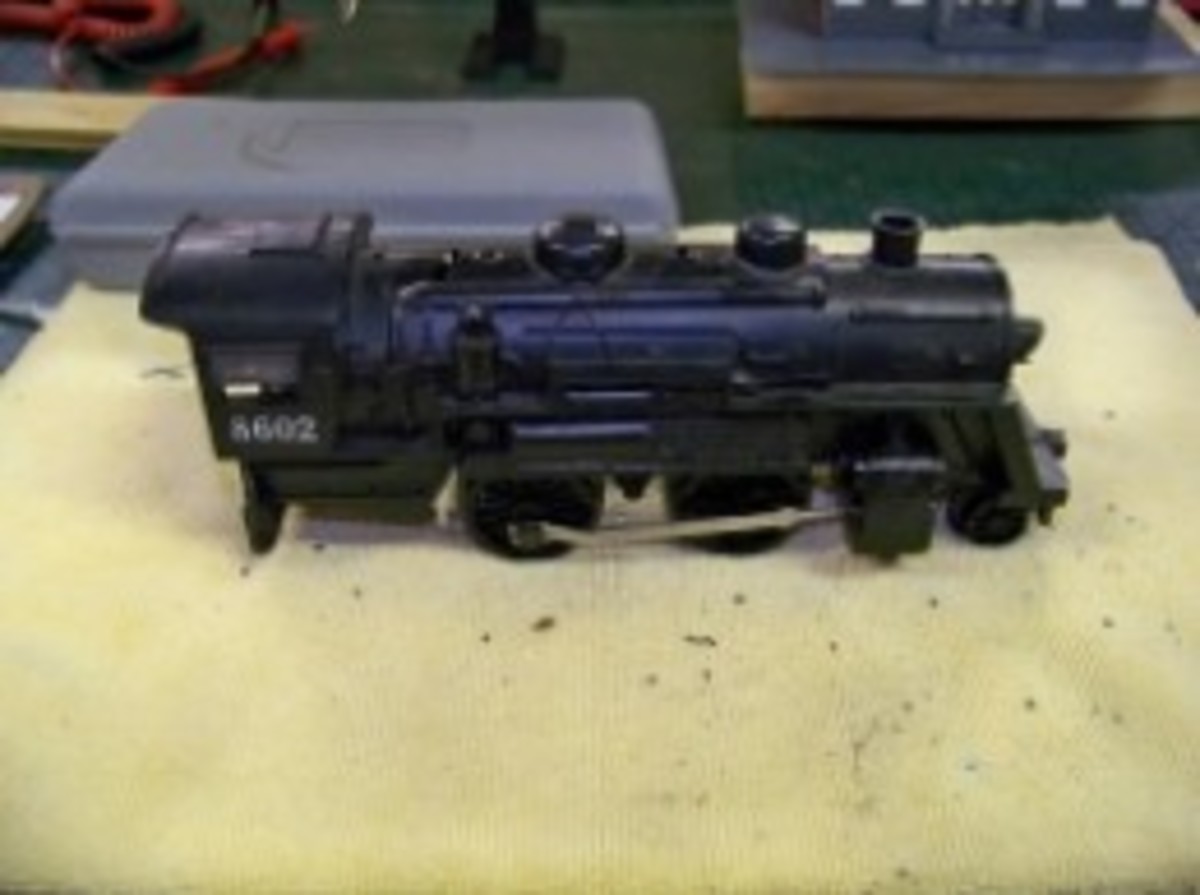Collect Stamps!
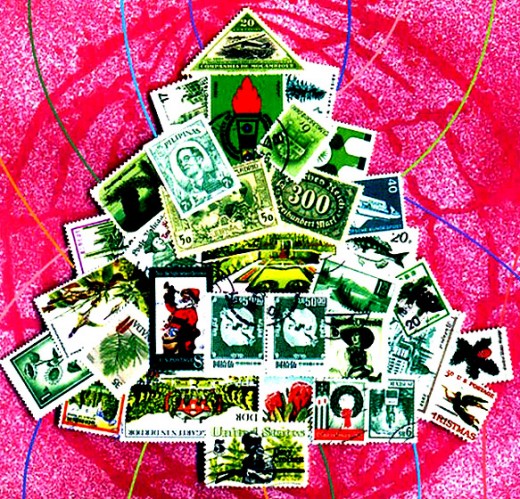
Have a great eye for design? Interested in history or memorabilia? Fascinated by the complexities of our society, industry, technology, fashion and art? Are you a collector at heart? Then you may want to try your hand at philately: the art and science of stamp collecting. Follow along as this article guides you through the basics of building an interesting, enlightening and valuable stamp collection.
Begin with the understanding that, as a hobby, stamp collecting can be as cheap or as expensive, or as casual or as involved, as you wish it to be. I began my own stamp collection (a joint collection with my brother) as a child of 10 or 11, just by grabbing and saving every stamp that happened to arrive affixed to my family’s household mail. For years, that stamp collection cost nothing but patience, and resided in an old cigar box under a bed. Today, I actually spend a bit of money every few months to acquire new stamps, and much less frequently, stamp kit supplies, and my stamp collection has grown to include thousands of stamps from more than 65 countries worldwide. As a designer, I appreciate the widely varied art, style and visual appeal of stamps, and I have in fact used stamp designs as a source for concepts and artwork for my own projects. As an avid reader of historical and geographic works, I also appreciate the tremendously rich and nuanced information stamps convey about the larger world.
So, let’s start with the basics. Philately is actually the collecting of not only stamps, but also other related postal products, such as postcards, stamped envelopes, postal stationery, first day covers, souvenir cards, airmail packets, and, yes, even duck hunting license stamps. You can, of course, choose to select only what suits you. Just about every sizable nation on the planet issues postage stamps and related products, and such products come in virtually every imaginable topic, size, shape, color, design and denomination. Some nations issue triangular stamps; the U.S. has actually issued a circular holographic stamp. Some collectors collect only U.S. stamp products; some collect only foreign country stamp products. There are collectors that specialize in the stamp products of only a single country, and there are those who specialize in only one stamp product topic — such as, for example, flowers, birds, animals, science & technology, space exploration, Disney characters, the Kennedys, or Marilyn Monroe. The stamps issued by most nations are catalogued by issuance date, number, type, denomination, etc., in catalogs that are readily available to the public. The stamp catalog of the U.S. Postal Service is very well organized, easy to use, and very informative to the beginning collector. Stamp dealers also often publish their own stamp catalogs. For further information, go to www.stamps.org.
Stamps, which form the bulk of many a collection, can be had in a variety of conditions. Used stamps, which have been used as postage and most often cancelled, are the cheapest and easiest to obtain. You may obtain them on incoming mail, or you can purchase inexpensive used stamps, often in bulk quantities, from reputable stamp dealers. One of the better U.S. sources is the Jamestown Stamp Company, www.stamp-co.com. Another great way to start a used stamp collection is to ask your local bank, travel agency, insurance agency or mail-order store to give you all the stamps they receive affixed to packaging they will discard. To remove stamps from incoming mail, one need only soak them gently in warm water to loosen the adhesive, freeing the stamp from its backing. Based on such factors as fading, cleanliness, tears, and centering of imprinted art, the condition of used stamps vary from very fine to fine to heavy cancel, and the price of the stamp is set accordingly. Often collectors will keep stamps of even poor quality in their collection until they can upgrade to a better condition sample of the same stamp. Stamps of poorer quality can also be retained to use in trading stamps with other collectors or dealers. New unused stamps are, of course, of much greater value, and are also priced accordingly. They may or may not still have glue on their backs, and their condition may range from superb through very fine to fine and, finally, good. New unused stamps are sometimes referred to as ‘mint’, as in just as printed at the stamp mint, though that term often implies a superb quality, which may not always be the case.
Stamps are also categorized by type. Definitive stamps are those with a defined value, such as 1 oz. first class letter value, or postcard rate value, or one-day overnight delivery value, etc. These most often feature statesmen, prominent people, national monuments or shrines, and so on, are usually printed in substantial quantities, and are widely used and thus widely available. These are the easiest to collect as a beginner at low cost and trouble. Commemorative stamps are those that commemorate a special person, place, organization, event, etc., and they are usually larger, more colorful and varied in their designs than definitives. These may not be as readily available to collectors, as they are printed in lesser quantities and thus are not as widely circulated. Special stamps, such as ‘Love’ and Christmas and Hanukkah stamps, occur each year. Airmail stamps and overnight delivery stamps are issued for each of their particular uses, as are duck hunting license stamps. As these last stamps are printed in the lowest quantities, and are often of much higher denomination, they are often the hardest to find and collect. To obtain and collect any of the other specialty postal products — postcards, stamped envelopes, postal stationery, first day covers, souvenir cards, airmail packets, special postal releases, etc. — one must usually contact a postal service directly. One of the best sources for information on all U.S. postal products, as well as how to obtain and collect them, is the United States Postal Service, at www.usps.com.
Collectors can collect new unused stamps in a variety of formats, for example, as a single stamp, or as a ‘block of four’ — a square consisting of stamps arranged 2x2. Some collectors collect blocks of four from only the same ‘plate position’, or location within the larger overall sheet (or ‘pane’) of stamps. Thus, while one collector seeks only the block of four from the upper-right corner of a pane, another may seek only the lower-left corner of the pane, while a third seeks only the corner carrying the plate markings along the leftover sheet edge (or ‘selvage’) wherever they may be. There are those who collect full panes or sheets of new unused stamps (an expensive venture, when a single pane of 20 overnight express delivery stamps of a single design may cost $350). Some collect only ‘first day covers’, which usually consist of a single stamp affixed to a card or envelope and issued and cancelled with a special marking at its ‘first day’ issuance ceremony.
For years, most collectors have affixed their stamps into their collection’s stamp albums by means of very small glassine paper hinges that were glued both to the back of the stamp and to the album, as many still do today. Purists, however, not wanting to affix anything, nor cause any further damage, to the stamps, place them within clear plastic sleeves or troughs within their collection’s stamp albums. Stamp collection albums — and all of the other supplies necessary as your collection grows: hinges, plastic sleeves, tweezers, magnifying glass, stamp catalog, etc. — are available from both the U.S. Postal Service and private dealers. There are also very economical ‘starter’ kits available from such sources. If you wish to start a child in stamp collecting, a starter kit is often the best choice, as it will typically include all necessary supplies, instructions and promotional information on collecting.
Finally, stamp collecting opens windows to the larger world, where the collector can glimpse American astronauts on the Moon, African wildlife in its natural habitat, heroes and villains of the World Wars in historical context, the unimaginable sea creatures from the ocean’s deepest trenches, and the social and cultural organizations and trends that have shaped today’s society.
Now go collect some laughs at rickzworld.
- Start Cartooning!
Starting a career in cartooning, illustration or art may be easier than you think. Start with these easy tips. - Live Stress-Free!
Follow these 13 steps to find more satisfaction and less anxiety in your life. - Create an Architectural Rendering
Come create this rendering along with me! Ever imagined yourself creating one of those 'artist's conceptions' of a new building, landmark or monument? Well, creating an architectural rendering may not be as difficult as you've imagined. Follow... - Using an Architect
Here's what you need to know about what an architect can do for you, and how best to benefit from architectural services. - Designing Parking Lots
With virtual seas of asphalt seeming to stretch from horizon to horizon, some would say we have sacrificed far too much of our world to the automobile. But the effective design of parking lots is essential to the proper functioning of 21st Century... - You Can Caricature!
If you've got the will and the desire, you can caricature! Follow along as these simple guidelines show you how you can develop your drawing talent to draw out celebrities and the famous! First, you must observe and discern. You must study not only.. - How to Draw (Sketch)
Crayon Mickey There are those who feel they can't draw a straight line to save their lives. Others think they have no talent for art at all. Well, I'm here to tell you that anyone can draw. Just follow along with me, and you'll be drawing in no... - The World's Romance Architecture
Romance: Dancing along with the Junkanoo To commemorate Valentineâs Day, hereâs a sampling of some of the worldâs most romantic architectural (and urban) settings: ⢠Waterside dining along Veniceâs Grand Canal as the gondoliers pole past... - Enjoy the Bahamas Junkanoo Festival
Typical parade dancer. by rlz Junkanoo is to the Bahamian Islands what Mardi Gras is to New Orleans, and what Carnival is to Rio. A traditional cultural celebration dating back to the time of island slavery, it now culminates in tremendous costume... - Sustainability 11: Priorities
Where does an aspiring designer, planner, architect, developer or contractor begin in trying to build a better world, one project at a time? With proper priorities, that's where. - Restoring Your Ceiling
If youre like millions of other office or store workers, you look up to see an acoustic tile ceiling. - Solar Man
Pedal on, Power Dude!

